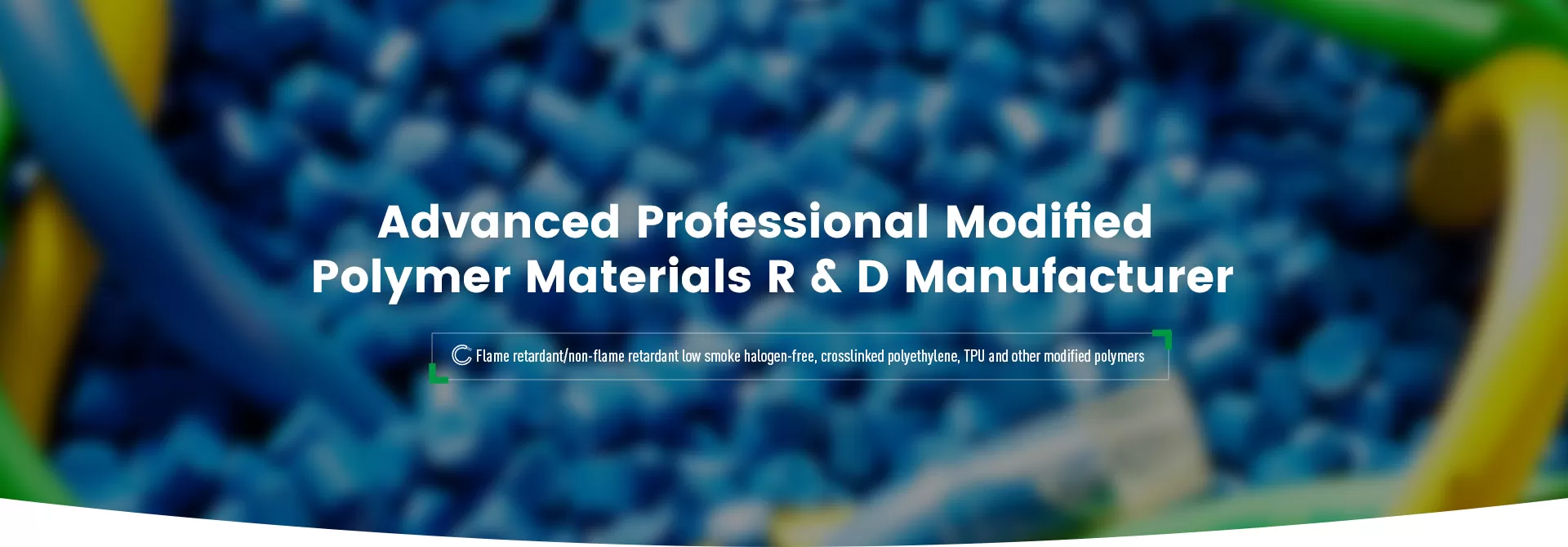
In the field of new energy vehicles (EV, PHEV, HEV), the material selection of high-voltage cables is crucial to the safety, durability and performance of the entire vehicle. XLPE (Cross-linked Polyethylene) and silicone rubber are two mainstream insulating materials, but they have significant differences in high temperature resistance, insulation performance, mechanical strength, etc. So, which material is more suitable for high-voltage cables for new energy vehicles?
High-voltage cables for new energy vehicles are mainly used for power batteries, motors, electronic control systems, and charging systems, and their operating voltage can reach 600V~1500V, or even higher.
This requires the cable to have:
Excellent insulation performance to prevent electrical breakdown and ensure safety;
Excellent high temperature resistance to adapt to harsh working conditions and avoid aging of the insulation layer;
Strong resistance to mechanical stress, bending, vibration and wear;
Good chemical corrosion resistance to adapt to complex environments and extend service life;
At present, the insulation layer of high-voltage cables in new energy vehicles mainly uses XLPE or Silicone Rubber. Below we will compare these two materials in detail.
| Performance Indicators | XLPE(Cross-linked Polyethylene) | Silicone Rubber |
| Temperature Range | -40℃~125℃ (expandable to 150℃) | -50℃~200℃ |
| Voltage Resistance | ≥30 kV/mm | 20-25 kV/mm |
| Insulation Stability | Excellent.low dielectric loss, stable electric field | High dielectric constant, may have slight loss in high voltage environment |
| Mechanical Stress Resistance | Strong.stretch-resistant, wear-resistant, and cut-resistant | Soft.but poor wear resistance |
| Water Tree Aging Resistance | Excellent.long-term service life | General |
| Chemical Corrosion Resistance | Excellent.oil-resistant, acid-resistant, alkali-resistant, and solvent-resistant | Excellent, suitable for high temperature chemical environment |
| Flexibility | Moderate.suitable for a variety of wiring harnesses | Soft.suitable for complex wiring |
| Environmental Protection | Low smoke and halogen-free (customizable) | RoHS compliant |
| Cost | Low.suitable for large-scale applications | Higher cost |
As can be seen from the table, XLPE performs better in voltage resistance, mechanical strength, resistance to water tree aging, cost control, etc., while silicone rubber has more advantages in high temperature resistance and flexibility.
XLPE has a higher dielectric strength (≥30kV/mm) and can better resist the risk of electrical breakdown in high-voltage environments than silicone rubber. In addition, XLPE has low dielectric loss, making it more stable when working for a long time and suitable for new energy vehicle power systems.
During the driving process of new energy vehicles, the vibration of the body will cause mechanical stress on the cable. XLPE has high tensile strength, stronger wear resistance and cutting resistance. Compared with silicone rubber, it is more suitable for long-term use and reduces maintenance costs.
XLPE has excellent resistance to water tree aging, ensuring that the cable remains stable in high humidity and high electric field environments. This is crucial for new energy vehicles, especially high-load application scenarios such as high-voltage battery packs and fast charging systems.
Compared with silicone rubber, XLPE has moderate flexibility, which can take into account both wiring flexibility and mechanical strength, and performs well in application scenarios such as vehicle-mounted high-voltage wiring harnesses, motor control lines, and battery pack connection lines.
XLPE has a lower manufacturing cost than silicone rubber and supports large-scale production, making it the mainstream high-voltage cable material for new energy vehicles.
| Application Area | XLPE Applicability | Silicone Rubber Applicability |
| High Voltage Main Cable | Preferred, stable insulation, strong resistance to mechanical stress | Available, but the cost is high |
| Battery Connecting Wire | Preferred, high pressure resistance, good aging resistance | Available, suitable for extreme environments |
| Motor High Voltage Wiring Harness | Applicable, oil resistance, friction resistance, strong stability | Available, but more suitable for high temperature environments |
| Charging Cable | Applicable, good weather resistance, high pressure resistance | Available, suitable for high temperature fast charging environments |
XLPE is More competitive in the application of high-voltage cables for new energy vehicles with its excellent voltage resistance, mechanical strength and cost advantages.
With the continuous advancement of new energy vehicle technology, XLPE materials are also continuously upgraded to adapt to higher-demand application scenarios:
High-temperature resistant XLPE (150℃-200℃): suitable for a new generation of efficient electric drive systems.
Low-smoke halogen-free XLPE (LSZH): meets the environmental protection standards of new energy vehicles.
Shielding layer optimization: enhances anti-electromagnetic interference capabilities and improves the electromagnetic compatibility (EMC) of the whole vehicle.
On the whole, XLPE occupies a dominant position in the field of high-voltage cables for new energy vehicles with its excellent insulation performance, voltage resistance, mechanical strength and cost advantages.
Silicone rubber is suitable for extreme high temperature environments, but the cost is high and suitable for special needs.
For mainstream new energy vehicle high-voltage cables, XLPE is the best choice and can be widely used in key parts such as battery harnesses, motor high-voltage wires, and fast charging wires.
Against the background of the rapid development of the new energy vehicle industry, when selecting high-voltage cable materials, companies should consider factors such as application scenarios, temperature resistance requirements, and cost budgets to ensure the safety and durability of the cables.